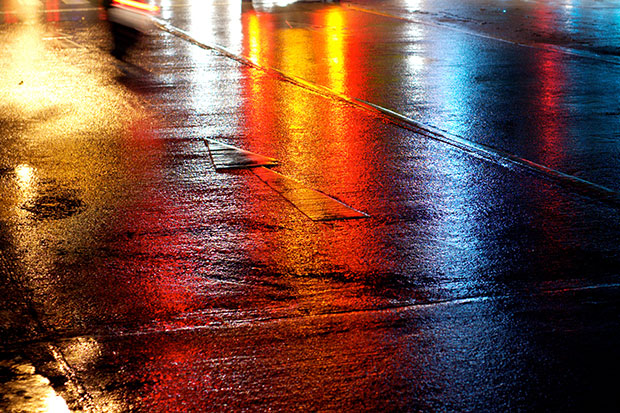8 November 2017
Workplace drivers potentially at greater risks when on the road during darkness
Driving for work is a well-established high risk area for employers. As the clocks change and the evenings get darker, this serves as a timely reminder for companies to make sure they are protecting their staff’s eyesight, according to Specsavers.

Employers have a responsibility for the health and safety of all employees carrying out work activities, irrespective of whether they are driving a company vehicle or their own.
Offering workplace eyecare to drivers is an important health and safety measure, Specsavers points out. However, it can also be of value to any employee who drives as part of their normal commute.
With consideration towards the darker evenings, Specsavers Corporate Eyecare’s clinical adviser, Dr Nigel Best, offers some practical advice:
Be aware of the issues:
- Depth perception, ability to distinguish colour and peripheral vision are all worse in low-light conditions.
- Xenon headlights are becoming more common. They are brighter than conventional halogen headlights. While they benefit the driver, they can be dazzling for oncoming vehicles.
- As people age, the lenses inside their eyes lose their transparency, which can result in experiencing more glare when driving at night.
- Drivers tend to be more tired at night.
Dr Best’s guidance for employers:
- Be aware that driver eyecare and night-time driving advice applies to all drivers, not just professional drivers, but also those attending occasional meetings or running errands.
- Ensure the company’s driver eyecare policy is up-to-date and widely communicated.
- Provide eyecare for all – it is the best way to ensure that employee eyesight is good enough for driving and that all drivers have their eyesight checked no matter how infrequently they drive for work purposes.
Dr Best’s guidance for employees:
- Dim dashboard lights to avoid reflections and having to adjust eyes from the dark road.
- Turn gaze away from the glare of oncoming headlights.
- Keep windscreens and mirrors clean.
- Reduce the effects of eye fatigue by keeping eyes moving, scanning around the field of vision, rather than just focusing on one area.
- Never wear dark or tinted lenses for driving at night.
- Have eyesight checked regularly – at least every two years. Eyesight can worsen gradually so changes are sometimes difficult to discern.
Dr Best said: ‘It is quite common for people to find driving at night more visually demanding. Anyone experiencing problems with their driving vision after dusk should book an eye examination as soon as possible.’

